13 Creatures That Only Live A Short Time

Have you ever wondered which animals zip through life in the blink of an eye? Some creatures pack their entire existence into just days or hours, while others might get a few weeks or months.
These short-lived animals have fascinating adaptations and life strategies that help them survive and reproduce quickly before their time runs out.
1. Mayfly – Life Measured In Hours
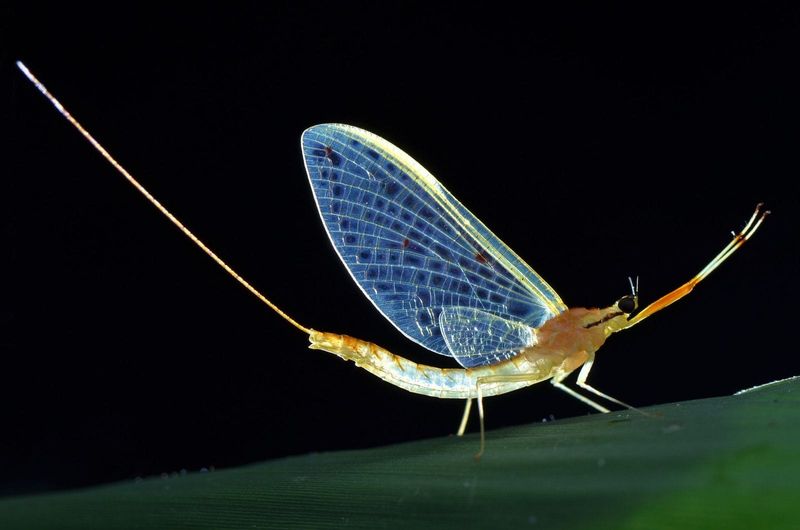
Adult mayflies emerge for one brief, glorious day after spending months developing underwater. They flutter about, find mates, and create the next generation without ever stopping to eat.
With no functioning mouths or digestive systems, these delicate insects focus entirely on reproduction. Their ephemeral dance above water surfaces signals one of nature’s shortest adult lifespans.
2. Gastrotrich – Microscopic And Short-Lived
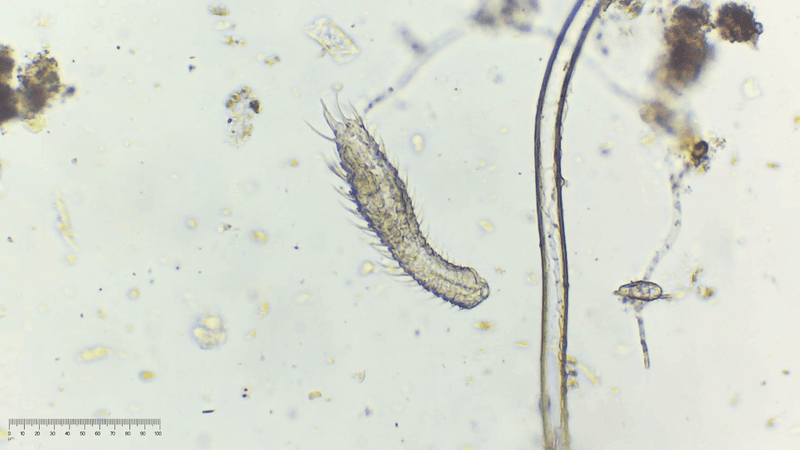
Inhabiting droplets of water worldwide, these tiny creatures resemble microscopic vacuum cleaners. Their hair-covered bodies pulse and contract as they navigate through their miniature universe.
Some gastrotrichs mature in just 72 hours, reproduce, and vanish. Despite their invisibility to the naked eye, they’re critical players in aquatic ecosystems, breaking down organic materials.
3. Drone Ant – Born To Die After Mating
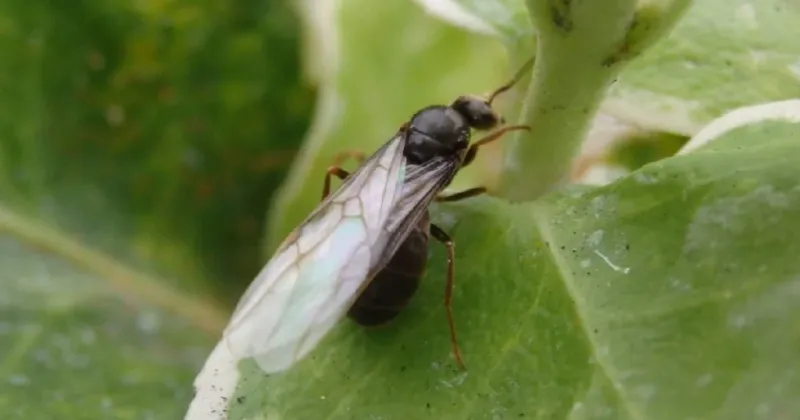
Male ants lead tragically romantic lives. Unlike their industrious sisters, these winged drones have just one purpose: find a queen and pass on their genes.
After taking flight during mating season, successful drones die within hours of fulfilling their reproductive mission. Those who fail to mate often perish from exhaustion or predation within days.
4. Housefly – A Few Weeks, Tops
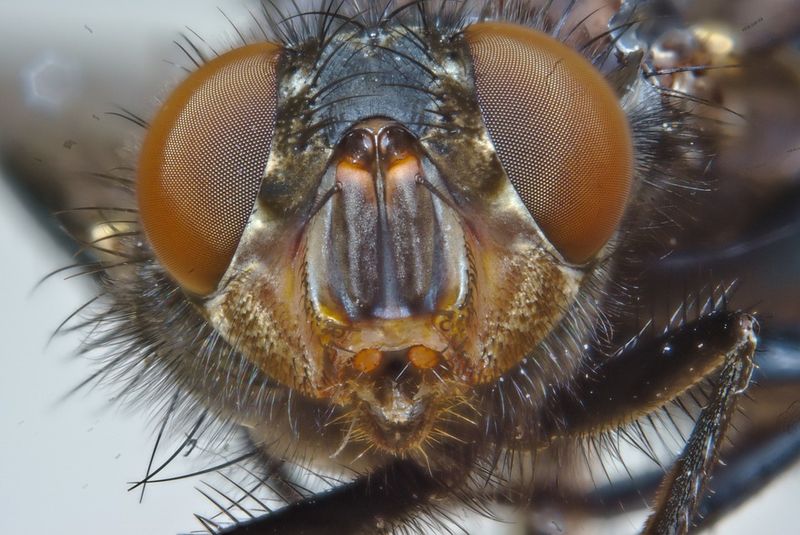
Buzzing through our homes uninvited, houseflies race against their biological clock. From egg to adult in just seven days, they make the most of their brief existence.
Female flies can lay up to 500 eggs in their short lives. Summer flies might survive only two weeks, while their winter counterparts might stretch to a month in cooler temperatures.
5. Fruit Fly – The Lab Legend

Scientists’ favorite test subject packs its entire life cycle into about 40 days. These tiny red-eyed insects can develop from egg to adult in just over a week.
Despite their brief lives, fruit flies have revolutionized genetic research. Their rapid reproduction and simple genome make them perfect for studying inherited traits and mutations across generations.
6. Male Antechinus – Death By Mating Frenzy

Few creatures embrace the live-fast-die-young philosophy like the male antechinus. This mouse-sized Australian marsupial goes out in a blaze of reproductive glory.
During a frenzied two-week mating season, males stop eating and mate continuously until their bodies literally fall apart. Stress hormones skyrocket, immune systems collapse, and internal bleeding ensures none survive to see their offspring.
7. Luna Moth – Beauty That Doesn’t Eat
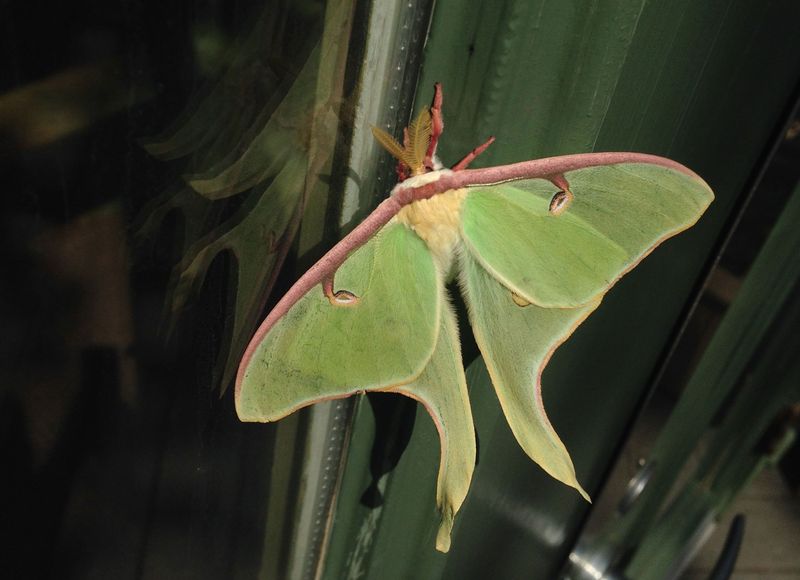
Emerging from cocoons with spectacular mint-green wings spanning 4.5 inches, luna moths are breathtaking but fleeting visitors. Their week-long adult phase is a race against time.
Born without mouths or digestive tracts, these moonlight-loving insects survive on energy stored during their caterpillar stage. Their sole adult purpose is finding a mate before their internal fuel runs out.
8. Mosquito – Quick And Pesky Lifespan
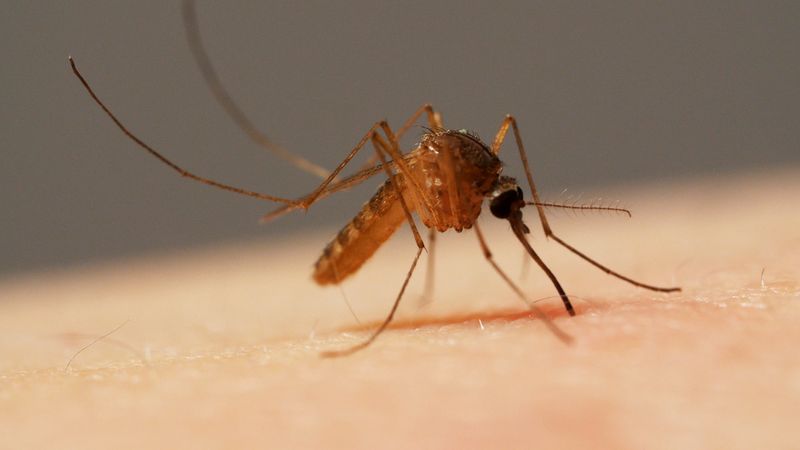
Behind every annoying buzz lies a creature racing through its brief existence. Male mosquitoes typically survive just 7-10 days, feeding only on plant nectar and never biting humans.
Females live slightly longer—up to several weeks—as they need blood to develop eggs. Despite their short lives, their impact on human health makes them among the deadliest creatures on Earth.
9. May Beetle – One Month Of Flight

Also known as June bugs, these clumsy, buzzing beetles spend years developing underground as grubs. When they finally emerge as adults, their aerial adventure lasts mere weeks.
During their brief flight season, they bump against windows and streetlights at night. Though awkward fliers, they’re determined to find mates before their month-long adult phase ends.
10. Gall Midge – Record Short Life For An Insect
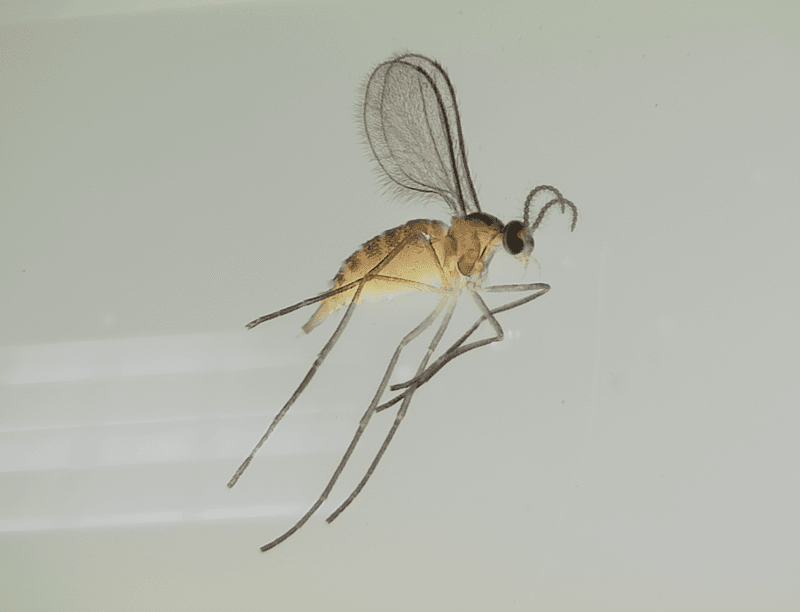
Masters of the ultra-short lifespan, certain gall midge species complete their adult phase in just 24 hours. These tiny flies emerge from plant galls ready for their one-day mission.
Without mouthparts to feed, they focus exclusively on finding mates and laying eggs. Some females even have their eggs fertilized before emerging from their pupal stage, maximizing their efficiency during their day-long existence.
11. Ephemeral Ants – Days-Long Colonies
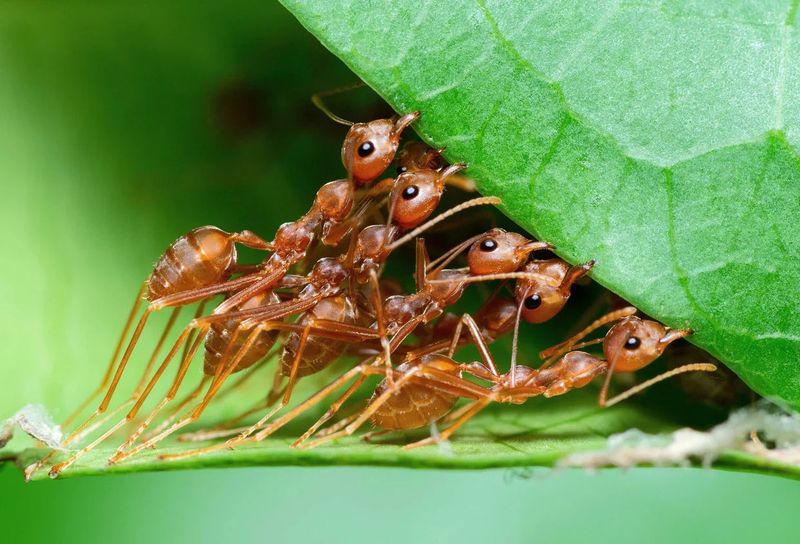
When rare desert rains create temporary pools, ephemeral ants spring into action. These opportunistic insects establish colonies that last just days or weeks until the water disappears.
Workers frantically gather food while queens produce eggs at remarkable speeds. The entire colony operates in fast-forward, completing what would take months for other ants in just days before the harsh desert reclaims their home.
12. Marine Flatworm – Short Life, Bright Colors
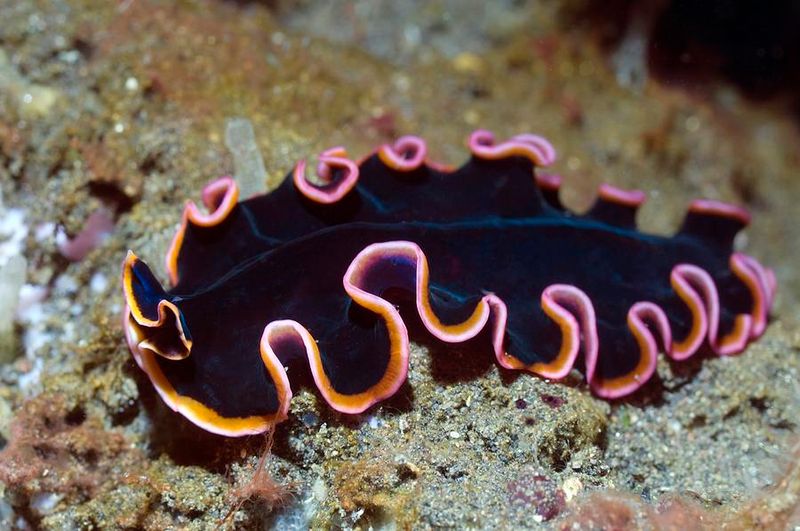
Floating through coral reefs like living confetti, marine flatworms dazzle with psychedelic patterns warning predators of their toxicity. Some species complete their entire life cycle in under a week.
These paper-thin creatures have no need for respiratory or circulatory systems—oxygen simply diffuses through their bodies. Their rapid reproduction strategy compensates for their brief individual lives in the competitive reef environment.
13. Mouse Lemur – Shortest-Lived Primate

With enormous eyes and tiny bodies, Madagascar’s mouse lemurs pack primate intelligence into a creature smaller than a squirrel. Their 5-6 year lifespan is remarkably brief for the primate family.
Living fast and dying young, these miniature lemurs face intense predation and seasonal food scarcity. They compensate by reproducing quickly and efficiently, making them evolutionary speedsters compared to their longer-lived primate relatives.






